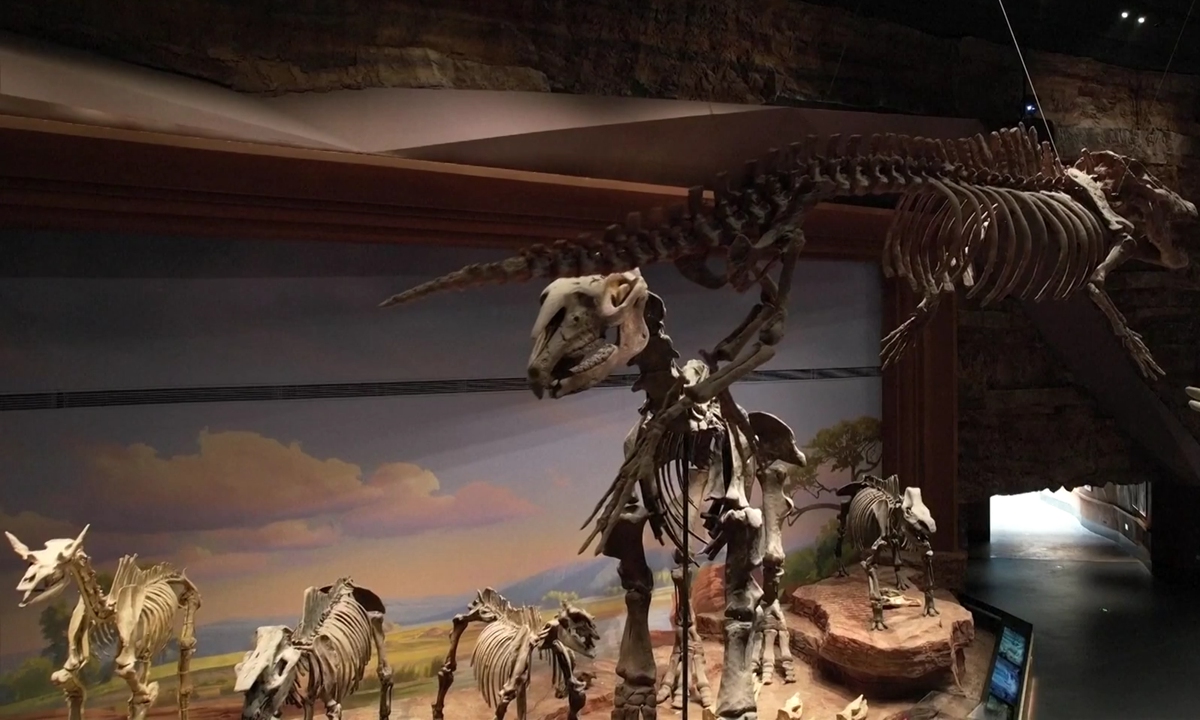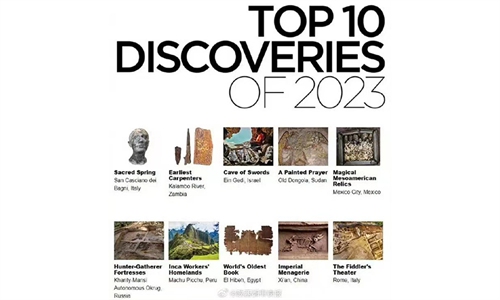ARTS / CULTURE & LEISURE
One of Asia’s largest natural museums opens in North China

Photo: VCG
The Paleozoological Museum of China, one of the largest natural museums in Asia, opened in Bao-ding, North China's Hebei Province, on Wednesday, serving as a crucial component in the broader effort to relocate non-capital functions outside Beijing.This newly established museum, covering approximately 120 mu (80,000 square meters) with a total construction area of around 73,000 square meters, stands as a national-level theme museum in the field of natural sciences. It is a key project in the comprehensive implementation of the national strategy for coordinated development in the Beijing-Tianjin-Hebei region, which also aims to decentralize the non-capital functions of Beijing, according to China Central Television on Wednesday.
The museum, themed around nature, life and humanity, with evolution as its main storyline, provides a systematic presentation on paleontology and evolutionary biology. It narrates the stories of natural history, and is set to convey the natural concept that "humans and nature are a community of life."
The exhibits, numbering around 6,000 items, primarily come from the Chinese Academy of Sciences' Institute of Vertebrate Paleontology and Paleoanthropology. Precious fossil specimens from Beijing have been relocated to the new museum. Among the displayed artifacts are rare treasures, including the world's only complete skeleton of the Chinese velociraptor, the earliest known jawed fish species, one of the world's few well-preserved pterosaur eggs, as well as the world's longest and largest individual horse skull.
Apart from the abundance of precious exhibits, another noteworthy aspect is the museum's architectural design that draws inspiration from the cultural heritage of a local ancient city. Designed by the renowned Chinese architect Wang Shu and his team, the building itself possesses high aesthetic and artistic qualities.
The team focused on the visuals of stone walls, using traditional craftsmanship to create modern beauty in urban architecture. Approaching the gate to the museum, one will be immediately stunned by a 15-meter-tall stone wall. The overall tone of the wall is maintained in three colors: gray, yellow, and white. Each stone in the wall preserves its original texture while seamlessly fitting together.
"The stones mainly came from East China's Fujian Province. And each stone has different heights, specifications, and varying colors, which made construction extremely challenging," explained Liu Fei, deputy project manager, to the local media outlet Baoding Daily.
"The Paleozoological Museum of China will become a landmark building in Baoding, serving as a cultural salon in the city that showcases its cultural texture," noted Gao Tianwei, project manager of the museum.



